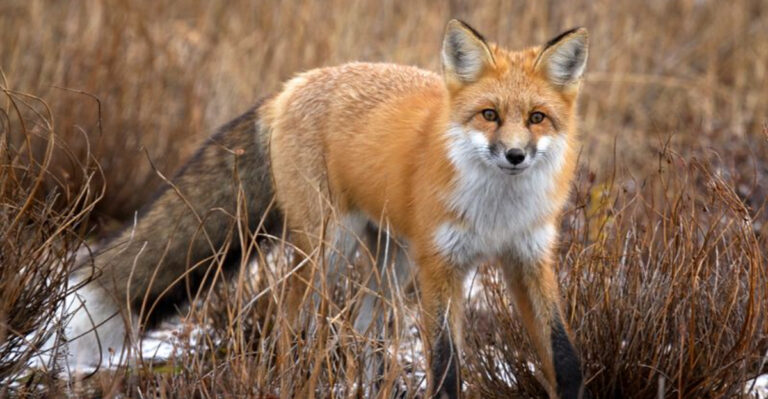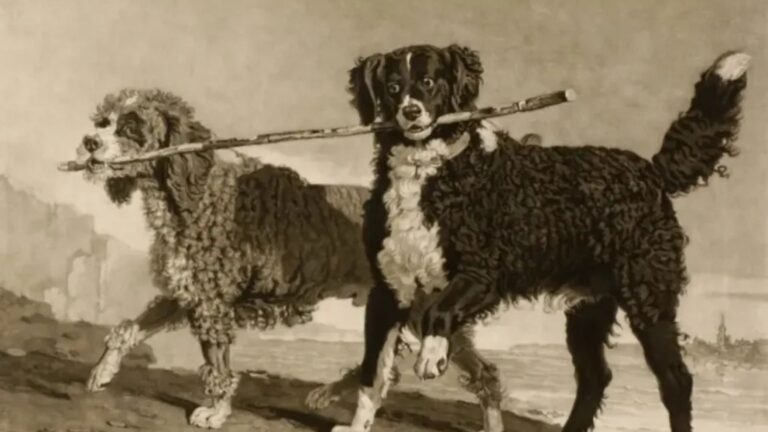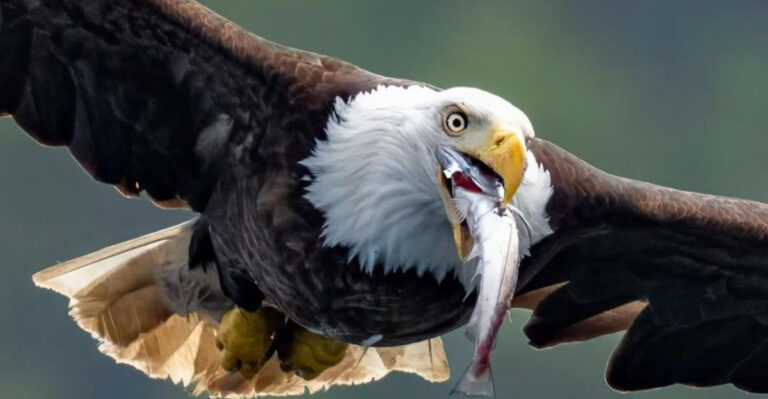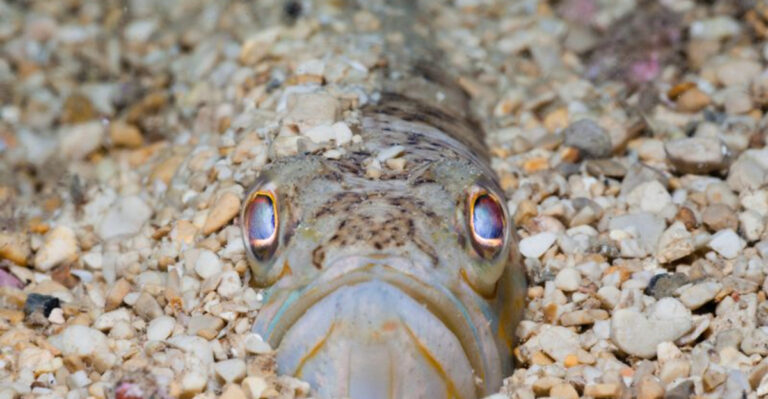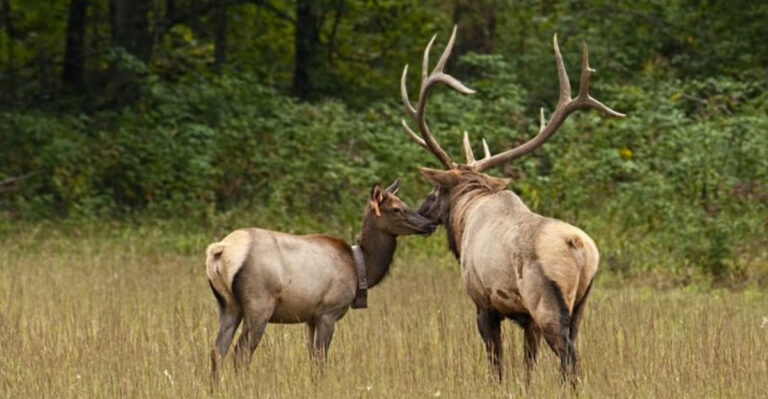Extinct In The Wild: 11 Animals You Can Now Only See In Captivity
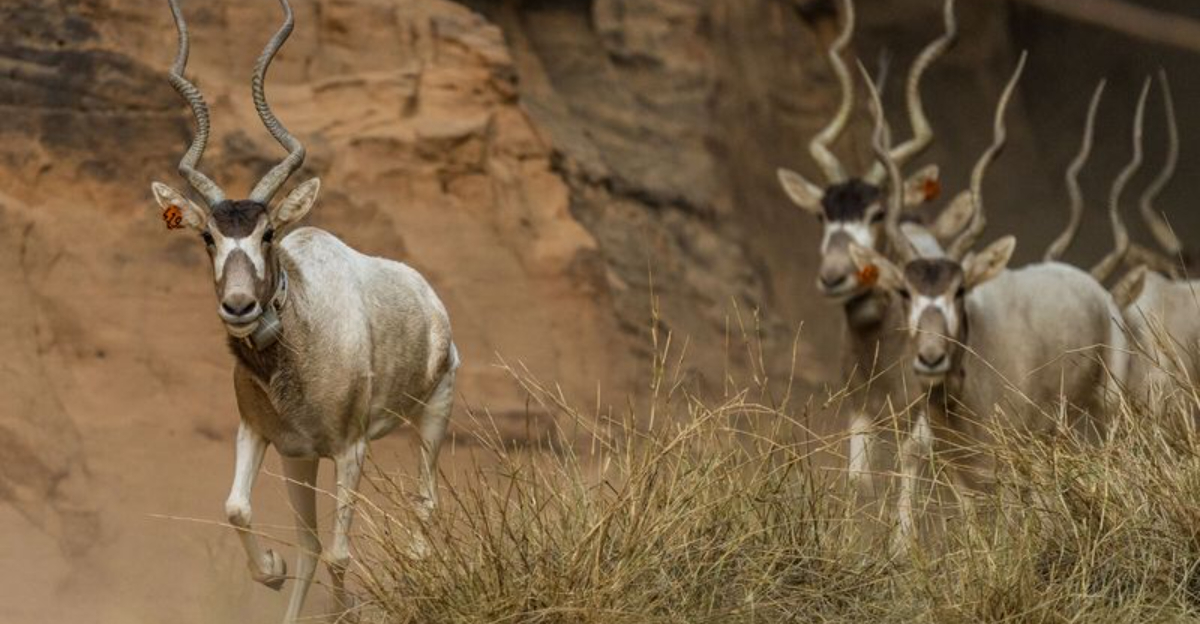
Some animals have completely disappeared from their natural habitats, surviving only in zoos and conservation centers around the world. These creatures, classified as ‘extinct in the wild,’ represent both conservation failures and hopes for the future.
Their stories serve as powerful reminders of human impact on wildlife and the critical role of captive breeding programs in preventing total extinction.
1. Père David’s Deer
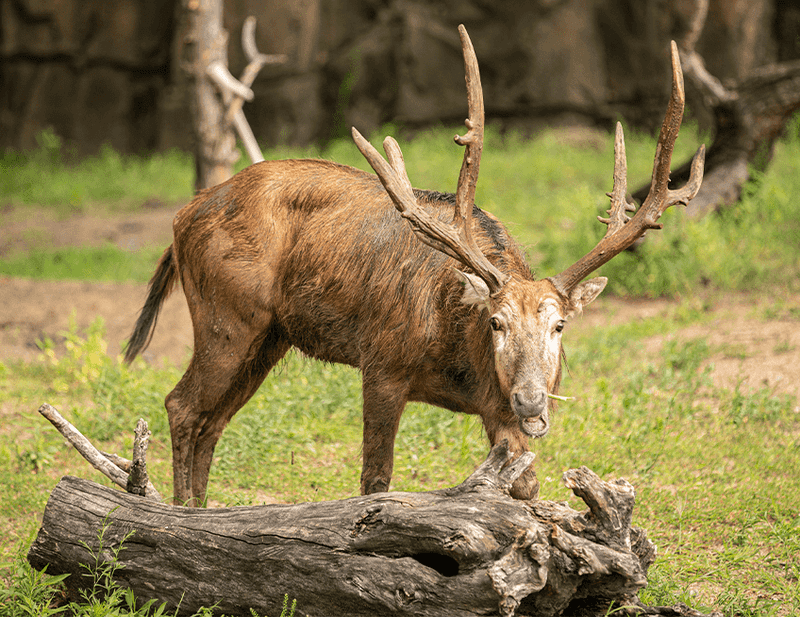
Once native to China’s wetlands, these unique deer vanished from nature by 1900. A French missionary, Père David, sent specimens to Europe before their wild extinction.
Today, all living Père David’s deer descend from just 18 captive animals. Conservation efforts have grown the population to over 3,000 individuals in managed herds worldwide.
2. Guam Kingfisher
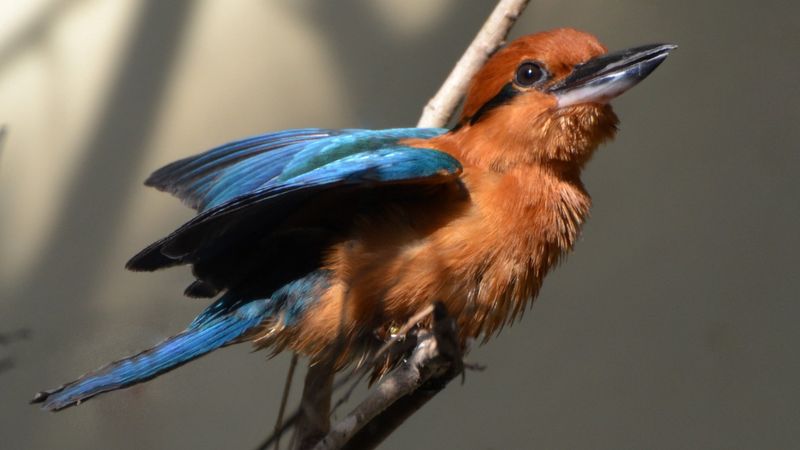
Bright orange and blue, these striking birds disappeared from Guam’s forests after brown tree snakes were accidentally introduced to the island in the 1940s.
Fewer than 150 birds survive in breeding facilities across the United States. Scientists are working to create snake-free habitats on nearby islands where these vibrant kingfishers might thrive again.
3. Scimitar-horned Oryx
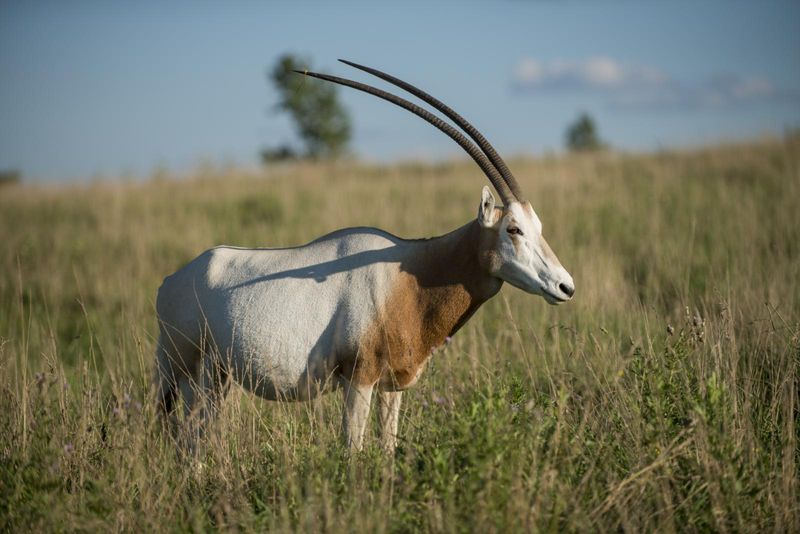
Resembling mystical unicorns with their long, curved horns, these elegant antelopes once roamed North Africa’s grasslands by the thousands.
Unrestrained hunting and habitat loss drove them to wild extinction by the early 1990s. Zoos worldwide maintain healthy populations, with recent reintroduction efforts in Chad offering hope for their eventual return to the wild.
4. Arabian Oryx
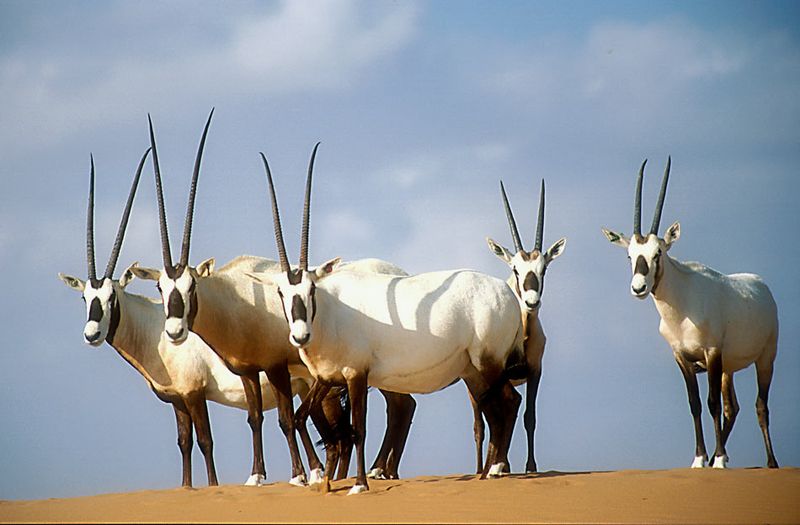
With gleaming white coats perfectly adapted for desert heat, these majestic antelopes were hunted to wild extinction by 1972.
A remarkable success story followed their disappearance. Captive breeding programs produced enough animals for reintroduction to protected reserves in Oman, Saudi Arabia, and other Middle Eastern countries, where small wild populations now exist.
5. Alagoas Curassow
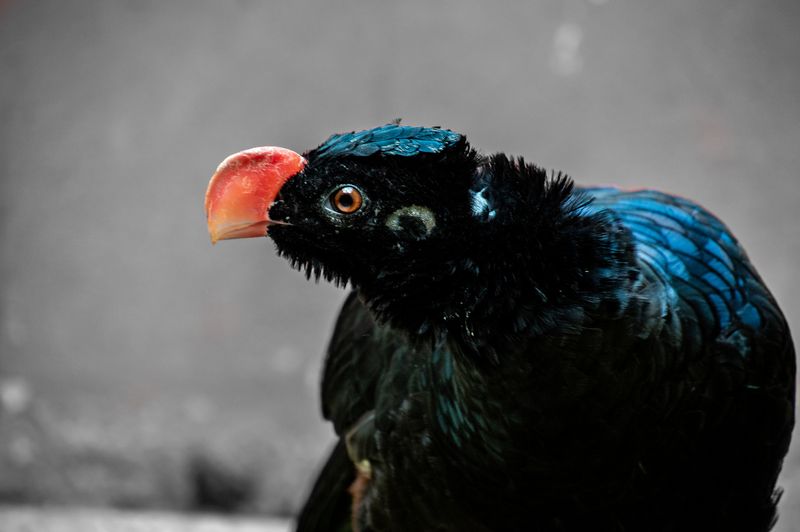
This glossy black bird with a curly crest disappeared from Brazil’s Atlantic forests in the late 1980s. Deforestation and hunting obliterated their habitat and decimated their numbers.
Only about 130 individuals survive in captivity today. Brazilian conservation programs are working diligently to increase the population while simultaneously restoring forest habitat for potential future release.
6. Golden Lion Tamarin
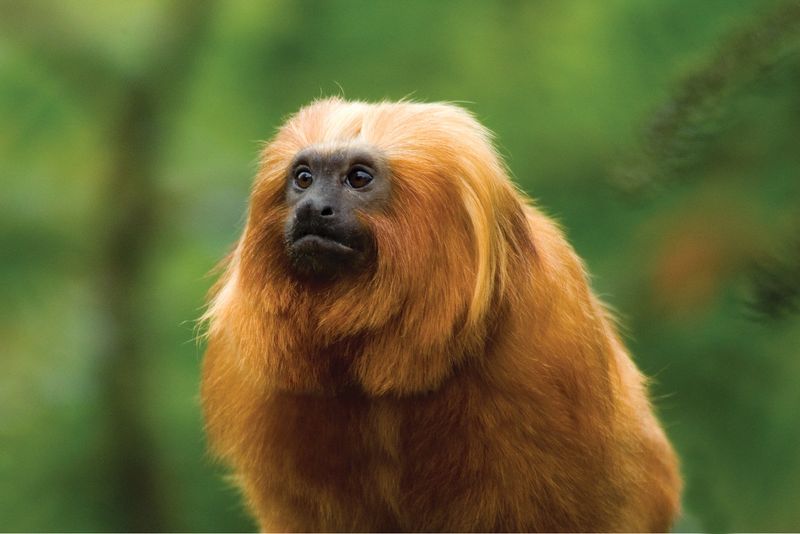
Sporting fiery orange manes that frame their expressive faces, these tiny primates nearly vanished as Brazil’s Atlantic Forest was reduced to fragments.
A remarkable conservation comeback began in the 1970s with zoo breeding programs. While still critically endangered, small reintroduced populations now exist in protected areas, making them technically no longer extinct in the wild.
7. Spix’s Macaw
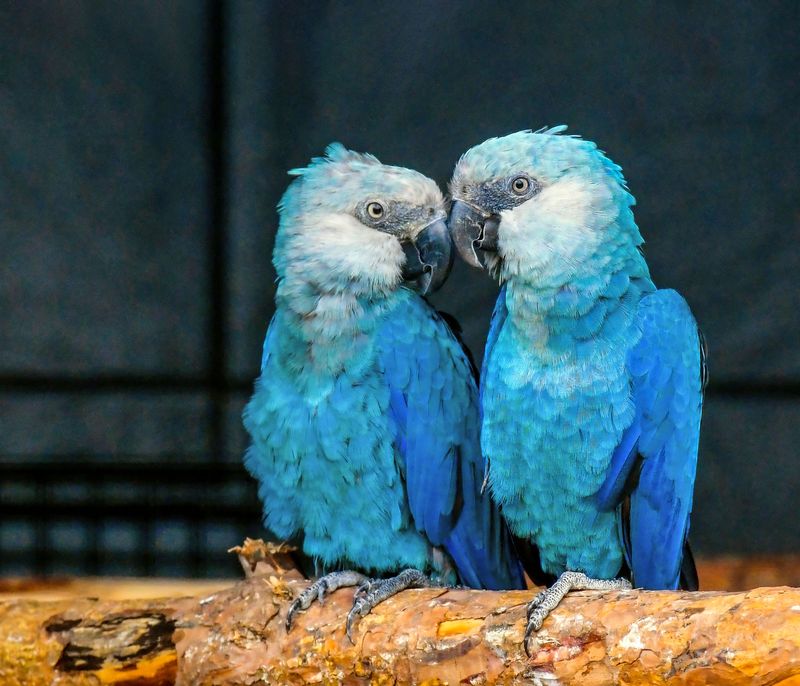
Remember the blue parrot from the movie “Rio”? That character was based on this striking blue macaw, last seen in the wild in 2000 in Brazil.
Poachers captured birds for the illegal pet trade while development destroyed their specialized riverside habitat. About 160 birds exist in captivity today, with a reintroduction program planning to release birds in 2022.
8. Addax Antelope
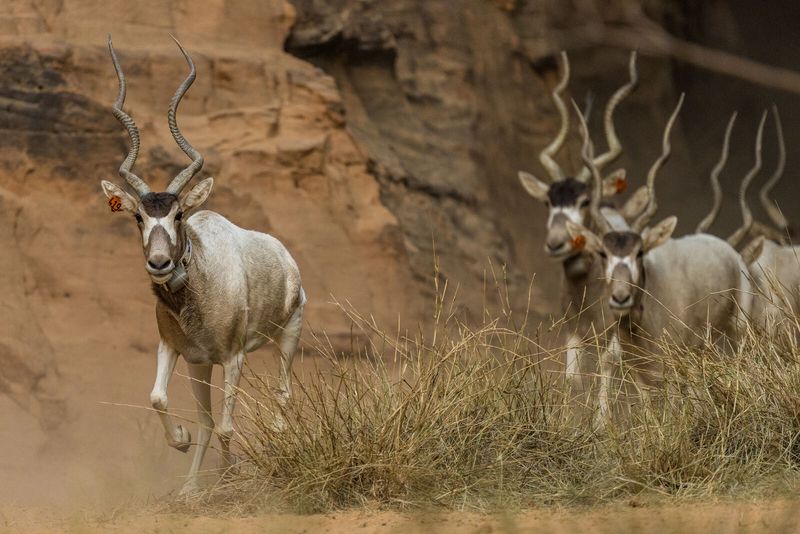
Masters of desert survival, these pale antelopes with spiral horns once thrived across the Sahara. Their specialized bodies allowed them to go months without drinking water.
Oil exploration, uncontrolled hunting, and civil unrest drove them to wild extinction. Several hundred survive in zoos and private collections, while conservation groups work to establish protected areas for potential reintroduction.
9. Pyrenean Ibex
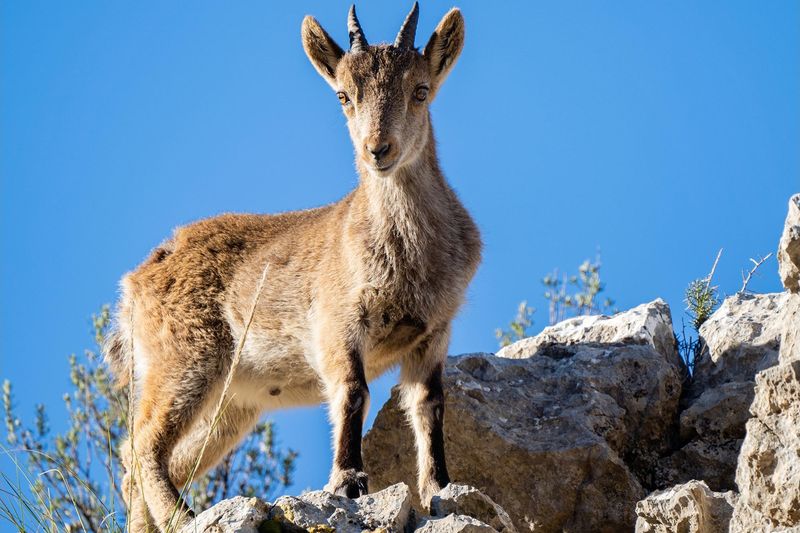
These agile mountain goats once bounded across Spain’s rocky Pyrenees Mountains. The last wild individual, a female named Celia, died in 2000 after being crushed by a falling tree.
Scientists preserved her cells and attempted history’s first de-extinction by cloning Celia in 2003. The clone survived only minutes due to lung defects, highlighting the challenges of bringing back extinct species.
10. Guam Rail
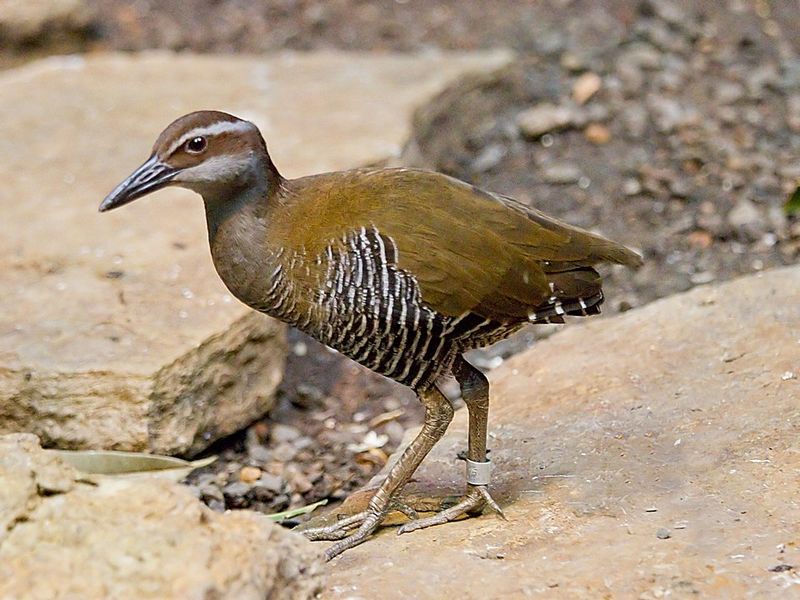
These flightless birds, locally called Ko’ko, fell victim to the same invasive snakes that decimated Guam’s kingfishers. Unable to recognize the predators or flee quickly enough, they were easy prey.
Conservationists captured the last wild birds in the 1980s for breeding programs. Recent reintroductions to the nearby snake-free island of Rota have established a wild population, giving hope for similar successes with other extinct-in-wild species.
11. Mauritius Pink Pigeon
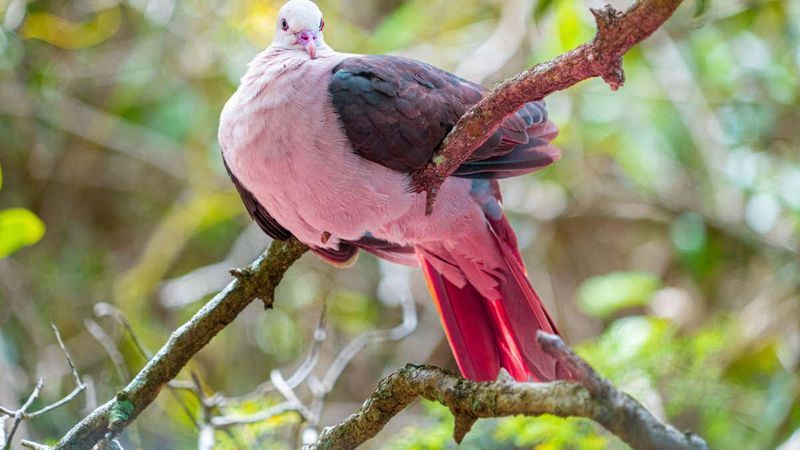
These rosy-hued birds nearly vanished as invasive species and deforestation ravaged their island home. By the 1990s, only about 10 remained in the wild.
An intensive captive breeding program increased numbers dramatically. While small wild populations now exist in protected areas of Mauritius, their survival depends entirely on ongoing conservation management, making their wild status precarious.

